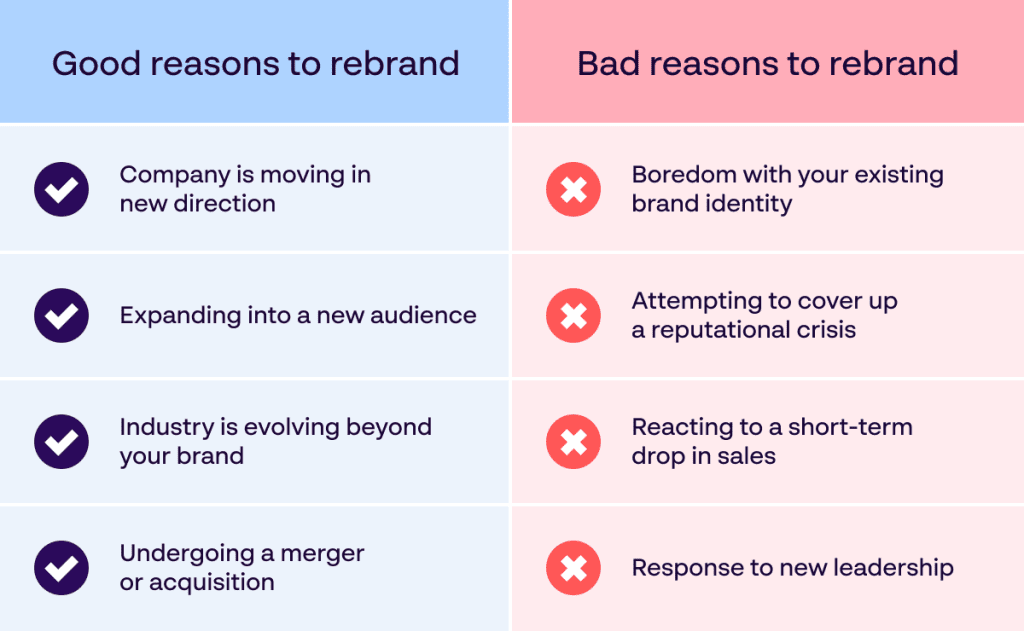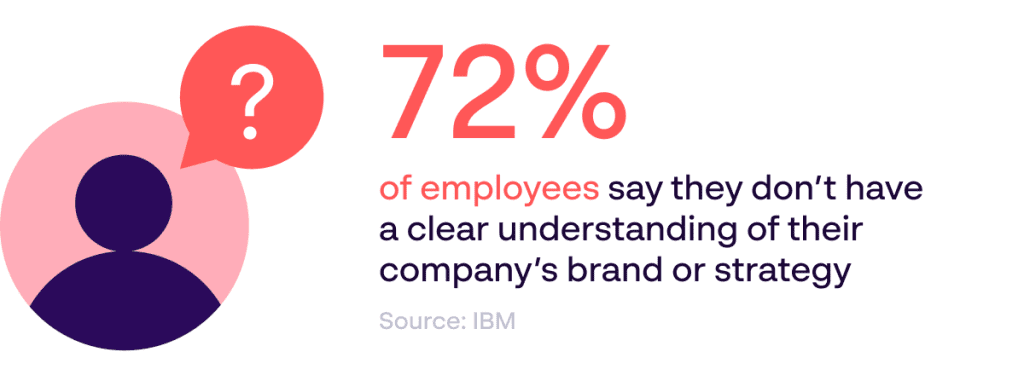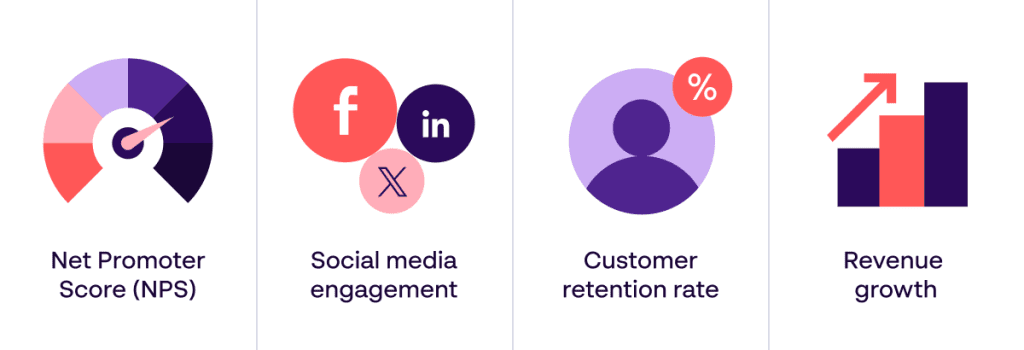Rebranding projects often feel like they’ll never end. Decision-makers understandably want swift results, but a truly effective rebrand requires a strategic and phased approach. This isn’t a quick fix; it’s a transformation.
This post provides a realistic template, highlighting the importance of alignment across the three foundational elements of the Forrester Brand Lifecycle Framework (corporate, functional, and measurement) for a successful and sustainable rebrand.

Phase 1: Discovery & strategy (4-6 weeks)
Why are you considering a rebrand? Before proceeding, validate your reasoning and assess if this can justify such an extensive initiative. Rebrands can consume anywhere from 10-20% of an organization’s marketing budget and involve significant portions of team members’ time, potentially impacting 30-50% of overall available resources during peak periods.

Phase 1 is a foundational phase that sets the stage for success. On average, what firms anticipate as a 3-6 month project can stretch into a year or more, depending on the project’s scope and complexity. Centralized information management and collaborative tools are essential for effective planning. As Forrester notes, “Brand is a strategic asset for B2B businesses and drives impact throughout the company,” making thorough initial planning crucial.
- Brand Audit, market research & competitor analysis: Understand your current brand’s strengths, weaknesses against your competition and identify opportunities for differentiation. Data integration and analysis tools can significantly streamline this process.
- Define objectives & KPIs: Clearly define your goals to measure success. Project management tools are essential for tracking progress and ensuring accountability.
- Develop a rebranding brief: A comprehensive document outlining the overall rebranding strategy. A centralized repository for this critical document and related materials is essential.
When B2B marketing leaders neglect to perform the foundational work to secure alignment and measure the impact of their brands, they hamper their ability to successfully fulfill brand objectives that are aligned to business strategy. – Forrester
Phase 2: Essential tools for rebranding (2-4 Weeks)
Before rolling out any changes, it’s crucial to establish the right tools that support the rebranding initiatives. They ensure consistency and streamlined processes throughout the lifecycle of the rebrand:
- Digital Asset Management (DAM) systems: Implement a DAM system to house all brand assets. This includes features such as a brand portal for showcasing the new brand, enabling easy access and sharing of brand elements like logos, images, and guidelines.
- Marketing material creation: Utilize on-brand content creation (OBCC) systems to create templates and develop new marketing materials (e.g., brochures, ads, social media posts) aligned with the new brand. Rebranding software that empowers employees to create on-brand marketing materials quickly and efficiently are a must.
Phase 3: Brand design & development (6-8 weeks)
This creative phase benefits from efficient asset management and collaborative tools:
- Brand messaging & story: Develop compelling brand messaging aligned with your target audience. Maintaining consistent messaging across all materials requires a centralized system.
- Visual identity and style guide design: A comprehensive guide detailing the visual and messaging standards including logo, color palette, typography, and visual style guide. Version control and easy access to design assets are crucial for maintaining consistency, as well as efficient distribution.
- Brand tone of voice: Define the personality of your brand. Consistent application of your defined brand voice relies on readily accessible guidelines.
Phase 4: Internal rollout & training (4-6 weeks)
Securing internal buy-in is critical. Forrester emphasizes the need for “Functional interlock,” where “Marketing, sales, product, customer service, HR, finance, and other functions must embrace their role as brand ambassadors.”
- Internal communication plan: Inform employees about the rebrand, address concerns, and build enthusiasm. Streamlined communication and content distribution to employees are key, rebranding management software can support this.
- Employee training: Provide training to educate employees on the new brand guidelines and ensure consistent application. Centralized access to training materials is critical.
- Internal branding materials: Create internal communication materials to support the rollout (e.g., presentations, FAQs, style guides for internal use).

Phase 5: External launch & ongoing measurement (6-8 weeks+):
Efficient workflows are key for a successful launch. Forrester’s framework highlights the need for “Measurement interlock” to demonstrate ROI.
- Public relations & media outreach: Announce the rebrand to the media and generate positive press coverage. Maintaining brand consistency in your press kit and assets is critical.
- Post-Launch monitoring & analysis: Track key performance indicators to assess the rebrand’s effectiveness and make necessary adjustments. Data integration with analytics platforms is invaluable.
- Brand maintenance & evolution: Ensure consistent brand application across all channels. A robust system for managing brand assets and guidelines is necessary.. A flexible system that can adapt to changing market conditions and future brand evolution is essential..

This rebranding template provides a roadmap, but remember that the true value of rebranding lies in its capacity for ongoing evolution. Consistent application of your brand strategy, continuous monitoring of performance, and agile adaptation to changing market conditions are crucial. A well-defined framework—one that facilitates data-driven decision-making and enables agile adaptation—is essential for maximizing the long-term ROI of your rebranding initiative.
Ready to kick start your rebranding project?
The right tools can streamline workflows and manage stakeholder engagement. Discover a home for your rebrand.
